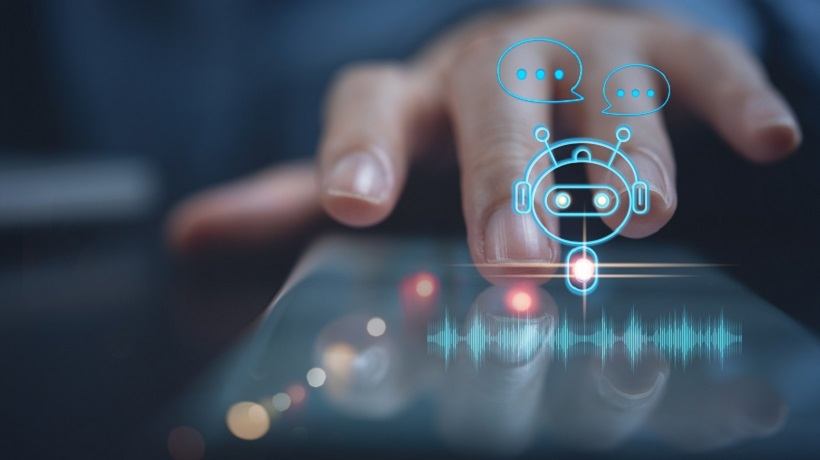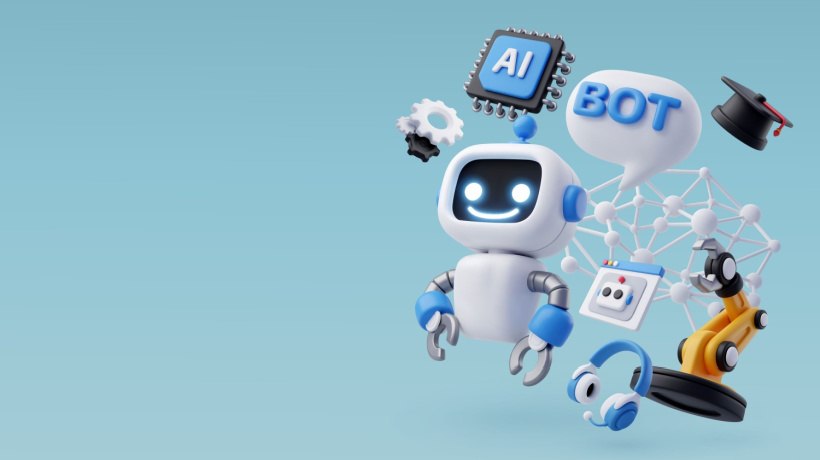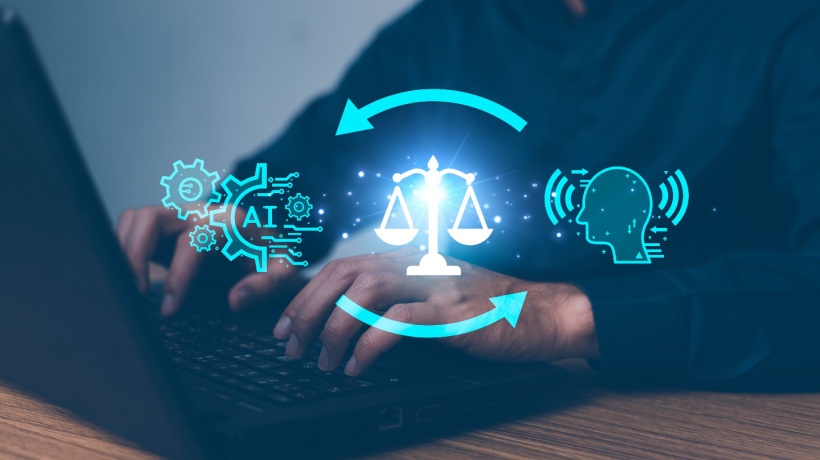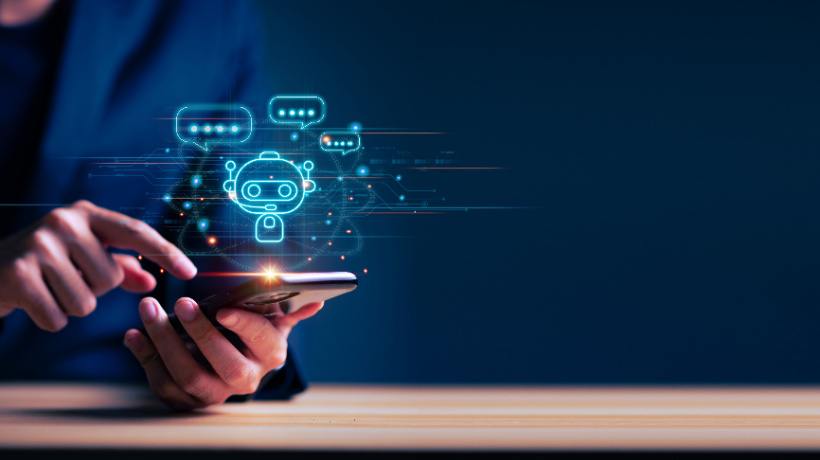Artificial Intelligence Chatbots Are Becoming A Trend In Teaching And Learning
New Artificial Intelligence (AI) techniques that are used to generate content in various formats, such as images, short animation, and voice clips, have bloomed in recent years. We now have an AI-based text content generator, Chat GPT—a language model developed by OpenAI—in the spotlight as an AI buzzword set to go viral on social media in 2023.
What Is ChatGPT?
The acronym GPT stands for "generative pre-trained transformer," with the content generated through chats between the user and the machine, thus forming the AI language model name. OpenAI developed ChatGPT in 2018, and the current model (GPT-3) can successfully generate human-like text for use in a variety of applications, such as chatbots, language translation, text summarization, and dialogue generation.
Moreover, ChatGPT can make inferences regarding user emotions based on the text provided, words showing feelings of frustration, sadness, happiness, etc. Conversely, if emotions are expressed using figurative language or in an implicit manner, they are difficult to detect. The use of AI and natural language processing (NLP) has grown rapidly in recent years, with the potential to revolutionize how we teach and learn languages. Their ability to generate human-like text and understand context makes them a valuable tool for a wide range of applications.
How Can ChatGPT Be Used For Teaching And Learning?
1. Content Generation
ChatGPT can be used to generate content such as summaries, reviews, and essays. It is also ripe for use as a virtual assistant for students, helping them turn out content for assignments; they merely type a request or topic keywords, and within a minute, content is easily generated, akin to the experience of googling information online. This represents a major shift from the current googling era to one based on GPT in the near future.
2. Virtual Tutoring
ChatGPT can act as a virtual tutor, providing students with one-on-one instruction and answering their questions in real time. The chatbot is responsive and solely dedicated to one user as a personalized text-prompt experience, with no waiting times and a quick response with precise feedback. For example, students who ask a math question can receive immediate and thorough answers/solutions from the virtual tutor.
3. Language Learning
ChatGPT can also be used to help students learn a new language. For example, in providing translations, the tool can give the definitions of new words, form sentences, offer practice exercises, or even engage in conversation with students. It can also check student essays for grammar, vocabulary, and coherence.
Potential Challenges In Teaching And Learning
1. Independent Thinking
There is the potential to put student thinking abilities at risk if we rely too much on technology. With the tool's prompt text generation and ease of pulling up answers by simply typing questions into the chatbot, it is potentially detrimental to one’s own thinking capacity. It may also suppress one's ability to formulate answers independently. Thus, creative and critical thinking skills may weaken if students become too dependent on the chatbot to provide answers. They may become passive learners in the sense that they are "actively" acquiring answers from a chatbot.
Beyond this, students may lack the ability to critically evaluate the information provided by chatbots, and instead simply take and utilize potentially inaccurate information. This will create challenges in an educational setting, if students are too dependent on the tool for learning purposes.
2. Copyright And Plagiarism
The ubiquity of the internet makes plagiarism a serious problem in learning environments. The best way to tackle this issue is to employ detection software, such as Turnitin, Grammarly, Quetext, etc. While ChatGPT text is considered a "derivative work" of the data it was trained on, the copyright still belongs to the original author. Thus, it is important for users to run each piece of content through plagiarism detection software before it is published, in order to avoid the risk of copyright infringement.
If students submit assignments generated using ChatGPT, is this considered ethical? How should teachers assess student knowledge? Can one differentiate content created by ChatGPT from works generated using only the human brain? These questions are worth pondering for every educator.
3. Misused Or Mishandled Data
There is no doubt that ChatGPT can be used to generate a large quantity of data. However, the impacts associated with misusing or mishandling this technology may summon a series of significant consequences for our community and society as a whole. This includes text used to create fake news, propaganda, or impersonate a political party. Therefore, users must take full accountability for the content, and use the application wisely and ethically.
Conclusion
We live in a world constructed by data and content. With the availability of AI chatbots, we can generate tons of them, with just a few taps on our keyboards. Undeniably, ChatGPT is a powerful and versatile language model, with the potential to revolutionize how we learn and interact with machines. As the Chinese idiom says, "Water can carry a boat but can also overturn it." This expression is a reminder that everything has its pros and cons, and it's therefore important to remain aware of potential risks and take the necessary precautions. With this in mind, it’s of the utmost importance to use this tool in a responsible and ethical manner, to ensure that the output aligns with the desired use cases.








